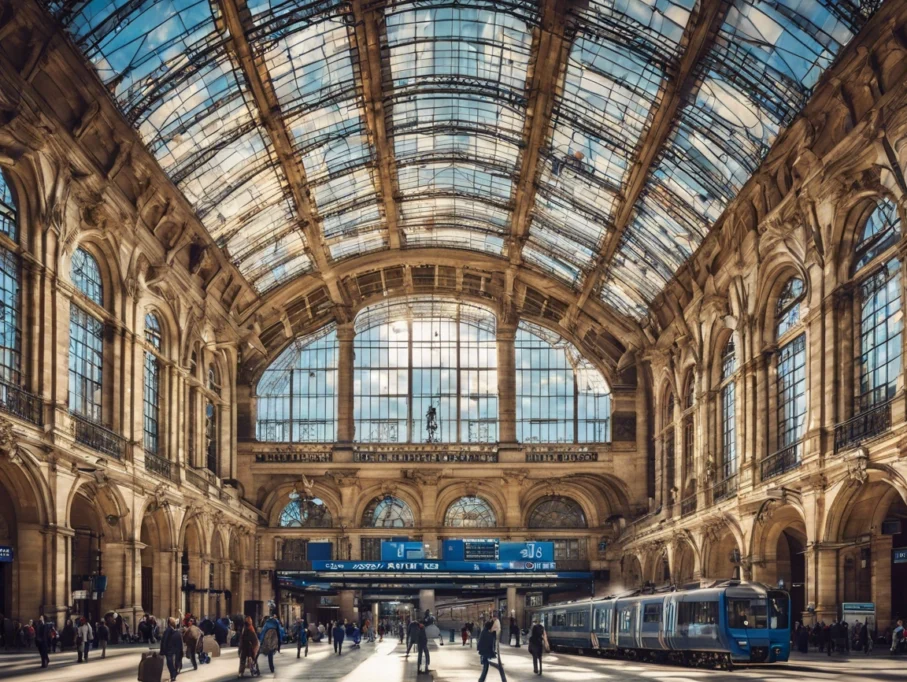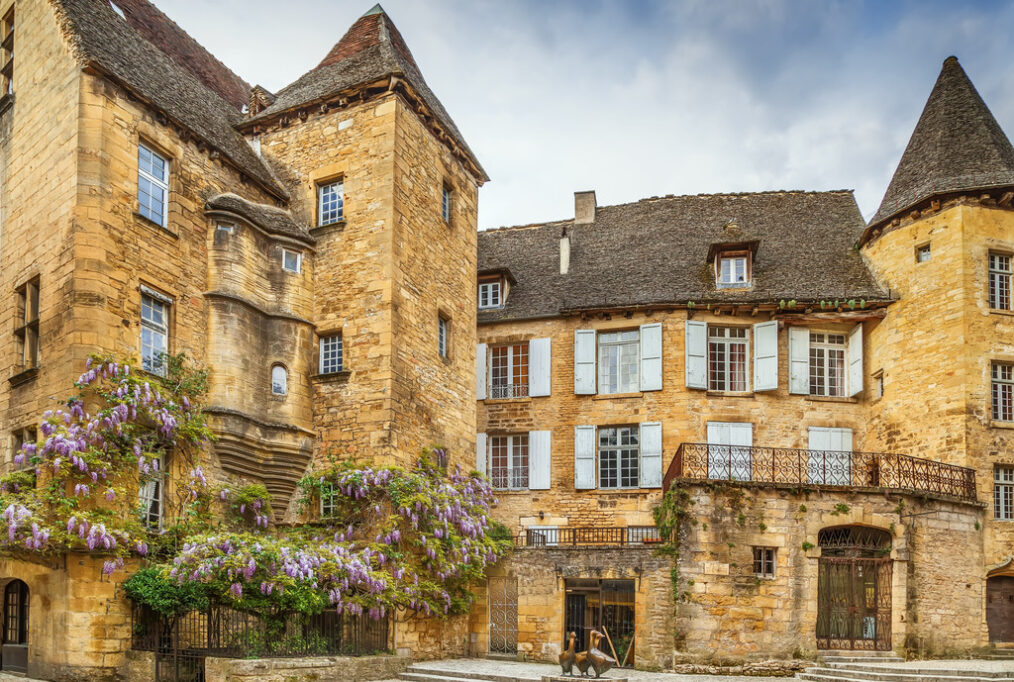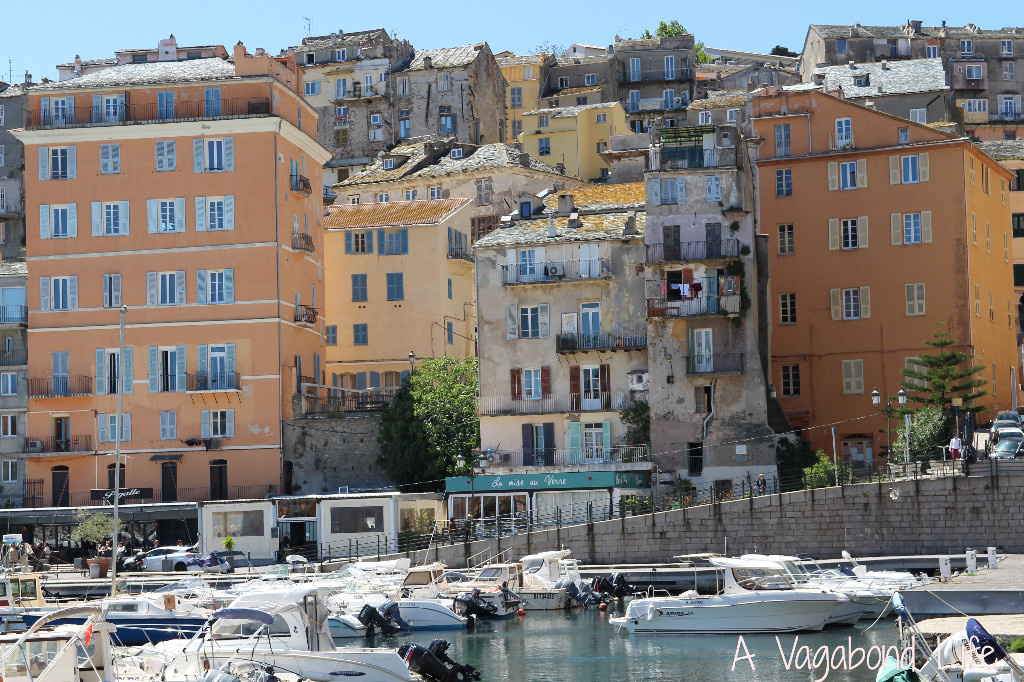Loire Valley France Travel Guide - A Vagabond Life
Travellling to the Loire Valley, France, is an enchanting journey through a region renowned for its exquisite beauty, rich history, and cultural significance. Situated in the heart of France, the Loire Valley is often referred to as the “Garden of France” due to its lush landscapes, verdant vineyards, and majestic châteaux.
Steeped in history, the Loire Valley boasts a wealth of architectural treasures, from fairy-tale castles like Château de Chambord to elegant Renaissance palaces such as Château de Chenonceau. These magnificent structures stand as testaments to the region’s illustrious past and the legacy of French royalty.
Beyond its architectural marvels, the Loire Valley offers a tapestry of experiences for visitors to enjoy. Explore charming medieval towns, indulge in world-class cuisine paired with local wines, or embark on leisurely bike rides along the scenic riverbanks. Whether you’re a history enthusiast, a nature lover, or a culinary aficionado, the Loire Valley promises an unforgettable travel experience filled with beauty, culture, and joie de vivre.
Loire Valley France Map
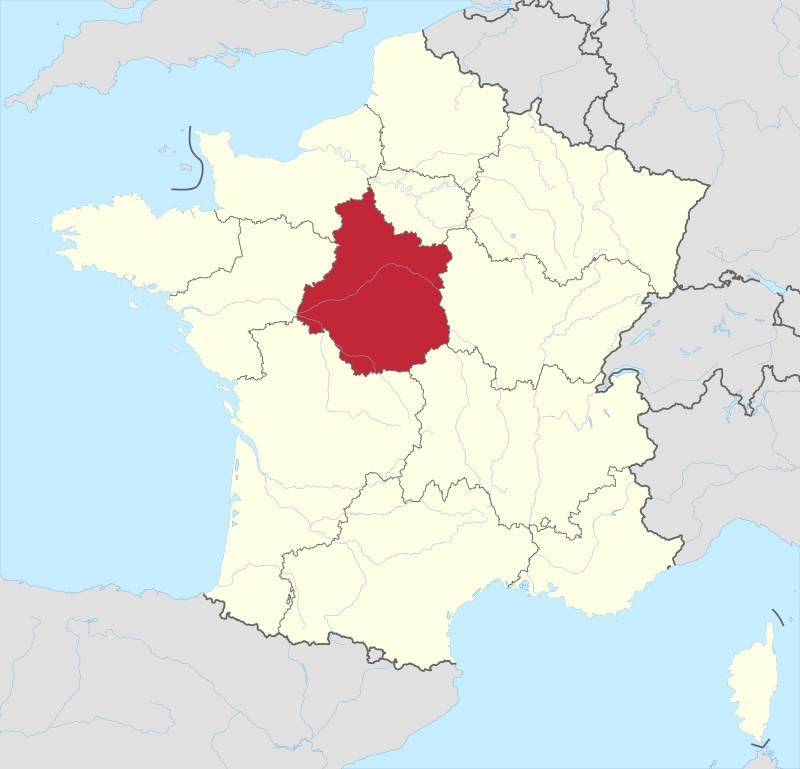
Loire Valley France Chateaux Map

Loire Valley France Snapshot
Geography and Beautiful Scenery
The Loire Valley, often referred to as the “Garden of France,” is a breathtaking region that stretches along the Loire River in central France. The geography is characterized by gently rolling hills, fertile plains, and lush, verdant landscapes. The Loire River, the longest in France, winds through the heart of this region, creating a stunning backdrop for the many charming villages and historic towns that dot the area. The river’s banks are lined with vineyards, orchards, and sunflower fields, offering a picturesque scene at every turn. The valley’s mild climate and fertile soil make it an agricultural paradise, contributing to its reputation as one of France’s most scenic regions. This natural beauty, combined with the tranquil ambiance of the countryside, makes the Loire Valley a perfect destination for those seeking relaxation and inspiration.
History and Cultural Heritage
The Loire Valley is steeped in history, dating back to the medieval and Renaissance periods. It was once the preferred residence of French royalty and nobility, who left an indelible mark on the region by constructing some of Europe’s most magnificent castles and châteaux. The Château de Chambord, with its intricate design and grand scale, exemplifies the opulence of the French Renaissance. Château de Chenonceau, famously spanning the River Cher, reflects the elegance and refinement of the era, while Château de Villandry is renowned for its beautifully manicured gardens. These architectural masterpieces, along with many others in the region, are UNESCO World Heritage Sites and stand as enduring symbols of the Loire Valley’s rich cultural heritage. The area is also home to numerous historic towns and villages, each with its own unique charm and story, contributing to the region’s status as a cultural and historical treasure trove.
Food and Wine
The Loire Valley is a paradise for food and wine enthusiasts, offering a rich culinary tradition that is deeply rooted in the region’s agricultural bounty. The fertile land produces a wide variety of fresh ingredients, which are used to create simple yet exquisite dishes that reflect the local terroir. Goat cheese is a regional specialty, with Crottin de Chavignol being one of the most famous varieties. Freshwater fish from the Loire River, such as pike and perch, are often featured in local cuisine, prepared in traditional recipes that have been passed down through generations. The region is also famous for its wine, with vineyards producing some of France’s most celebrated wines, including Sancerre, Vouvray, and Chinon. The diverse range of wines, from crisp whites to robust reds and delicate rosés, perfectly complements the local food. Visiting the Loire Valley offers an opportunity to indulge in farm-to-table dining experiences, explore vibrant markets brimming with seasonal produce, and taste wines directly from the vineyards where they are produced.
Best Time to Visit (Weather)
The ideal time to visit the Loire Valley is from late spring to early autumn, typically between May and October. During these months, the weather is pleasant and conducive to outdoor exploration. Spring brings blooming flowers and vibrant greenery, making it a beautiful time to visit the châteaux gardens and enjoy the scenic countryside. Summer is warm and sunny, perfect for cycling along the riverbanks, exploring vineyards, and participating in outdoor festivals. The long days and balmy evenings make it an ideal season for leisurely dinners on the terraces of local restaurants. Autumn is another fantastic time to visit, as the vineyards and forests turn golden, creating a stunning palette of colors across the landscape. The grape harvest, or vendange, takes place in September and October, offering a unique opportunity to experience the region’s winemaking traditions firsthand. While winter is quieter, with fewer tourists and a more subdued atmosphere, it can still be a lovely time to explore the valley’s historic sites and enjoy the cozy ambiance of its towns and villages.
Chateaux of the Loire France Travel Guides
Travel Guide: Châteaux of the Loire Valley
The Loire Valley, often called the “Garden of France,” is renowned for its magnificent châteaux, each offering a unique glimpse into France’s rich history and architectural splendor. Here are the top 10 châteaux you must visit:
Château de Chambord
This Renaissance masterpiece is the largest château in the Loire Valley, boasting stunning French architecture and an iconic double helix staircase attributed to Leonardo da Vinci.
Château de Chenonceau
Known as the “Ladies’ Château,” this elegant palace spans the Cher River and is adorned with beautiful gardens, intricate interiors, and a rich history of influential women.
Château de Villandry
Famous for its meticulously manicured Renaissance gardens, Villandry is a paradise for lovers of horticulture, offering breathtaking floral displays and ornate landscaping.
Château de Blois
A fascinating blend of architectural styles spanning the Middle Ages to the Renaissance, Blois features stunning façades, royal apartments, and a captivating sound and light show.
Château de Amboise
Overlooking the Loire River, Amboise is notable for its association with Leonardo da Vinci, whose tomb lies within the château’s grounds, and its panoramic views of the surrounding countryside.
Château de Cheverny
This beautifully preserved château offers a glimpse into aristocratic life with its opulent interiors, vast art collection, and picturesque grounds inhabited by a pack of hounds.
Château de Azay-le-Rideau
Set amidst tranquil waters, Azay-le-Rideau is a jewel of French Renaissance architecture, featuring exquisite turrets, ornate façades, and romantic reflections in its surrounding moat.
Château de Langeais
Dating back to the 15th century, Langeais is renowned for its imposing fortress-like appearance, well-preserved medieval interiors, and the scene of the marriage of Charles VIII and Anne of Brittany.
Château de Usse
Often referred to as the “Sleeping Beauty Castle,” Usse is said to have inspired the tale of Sleeping Beauty with its fairytale turrets, majestic towers, and romantic gardens.
Château de Saumur
Perched on a hill overlooking the Loire River, Saumur offers breathtaking views of the valley, a fascinating museum of decorative arts, and a renowned equestrian tradition celebrated in its annual cavalry exhibitions.
Explore the enchanting world of the Loire Valley’s châteaux, where each castle tells a story of France’s illustrious past, architectural prowess, and cultural heritage.
Chateaux of the Loire France Highlights
Chateau de Chambord
Château de Chambord is an architectural marvel and a symbol of the grandeur of the French Renaissance. Commissioned by King François I in 1519, it was intended not only as a lavish hunting lodge but also as a display of the king’s wealth and power. The château’s design reflects the influence of Italian Renaissance masters, with some attributing parts of its conception to Leonardo da Vinci, blending traditional French medieval forms with the new classical ideas of the Renaissance.
At the heart of Chambord’s design is its most famous feature: the double helix staircase. This innovative structure allows visitors to ascend and descend without ever meeting, encapsulating the spirit of innovation and opulence that defined François I’s reign. Today, surrounded by a vast, forested park, Chambord remains one of the most iconic and visited châteaux in the Loire Valley, a lasting testament to the era’s artistic and architectural aspirations.
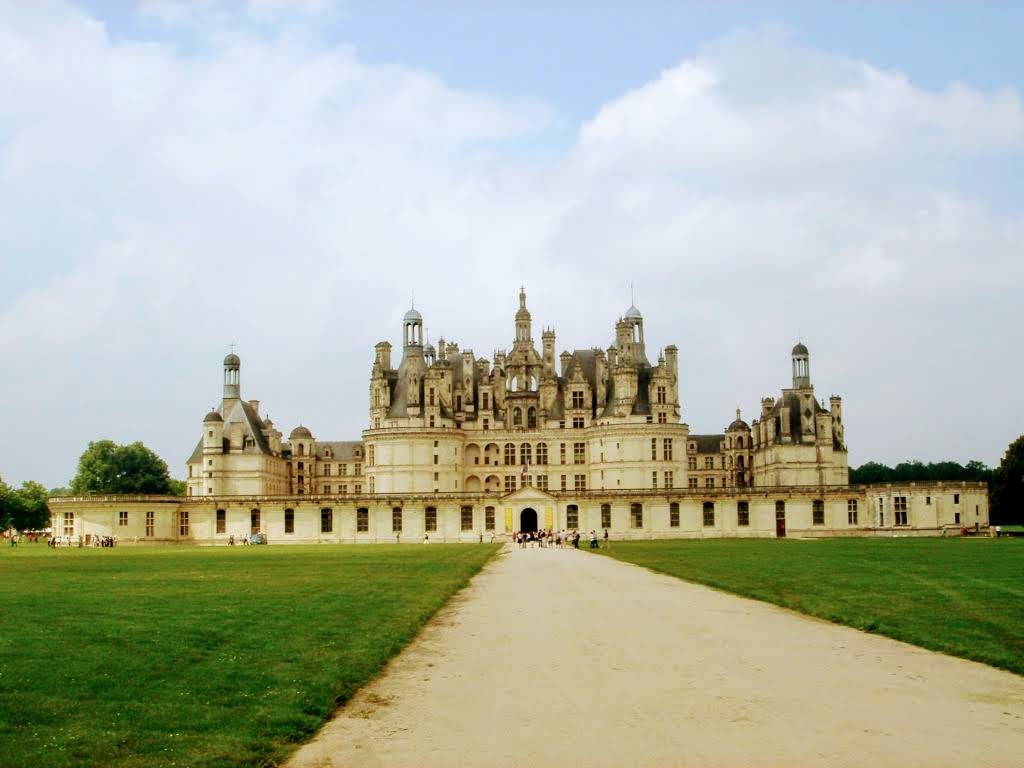
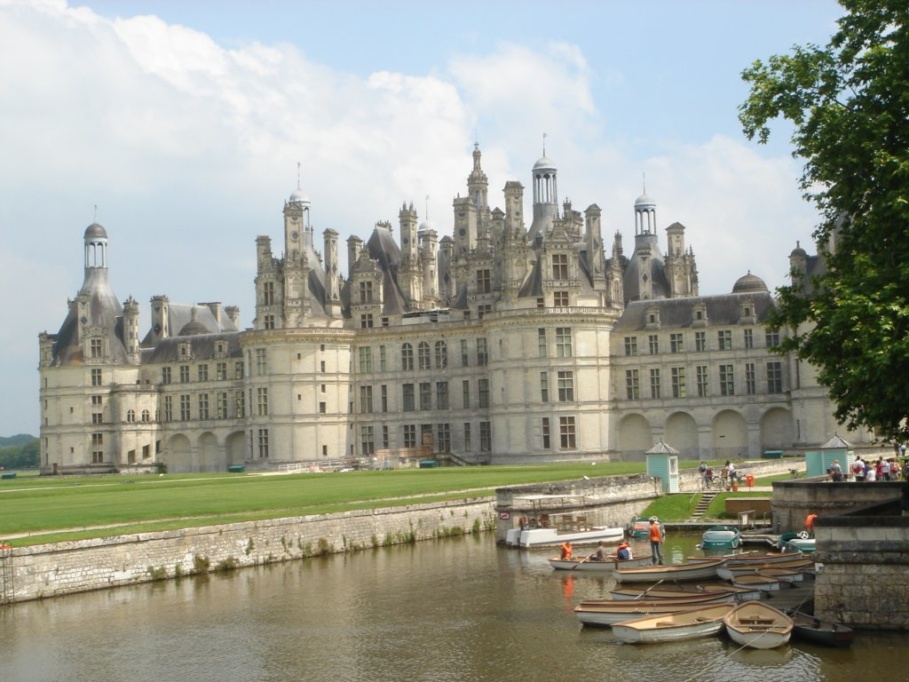
Château de Chenonceau
Château de Chenonceau, often dubbed the “Ladies’ Château,” stands gracefully across the Cher River in the Loire Valley. This architectural gem embodies the legacy of influential women throughout history. Originally a medieval mill and fortified castle, it was transformed into an elegant Renaissance palace by Diane de Poitiers and later Catherine de’ Medici.
The château’s exquisite design, adorned with intricate gardens and spanning the river’s waters, reflects the taste and sophistication of its noble residents. Amidst wars and political intrigue, Chenonceau remained a beacon of cultural patronage and feminine power, making it a must-visit destination for its historical significance and timeless
Château de Chenonceau not only showcases architectural elegance but also holds significant historical depth, particularly during World War II. This exquisite château, straddling the Cher River, played a unique role during the conflict. When Germany occupied France, the River Cher became part of the demarcation line between the occupied zone in the north and the free zone in the south. Remarkably, Chenonceau found itself just on the edge of this line, with its entrance in the occupied zone and the rest of the estate extending into unoccupied France.
This strategic position allowed the château to become a point of passage for those fleeing the Nazi regime. Beyond its beauty and history of influential female caretakers, Chenonceau’s significance is also marked by its role as a beacon of hope and a silent witness to acts of resistance and courage during one of history’s darkest times.
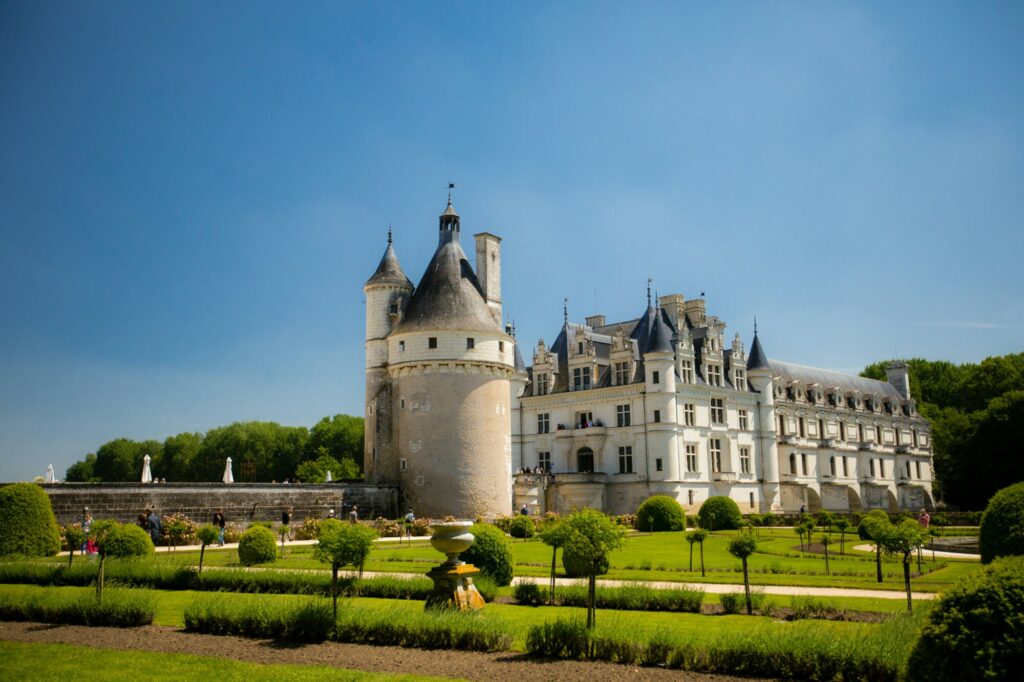

Chateau de Cheverny
Château de Cheverny, a jewel of the Loire Valley, boasts a rich history dating back to the 17th century. Constructed in the classical Louis XIII style, it epitomizes the elegance and grandeur of French aristocratic life.
The château’s impeccably preserved interiors showcase opulent furnishings, exquisite tapestries, and a renowned collection of art. However, Cheverny’s allure extends beyond its architectural splendor.
The estate is famous for its well-manicured gardens and as the inspiration for Captain Haddock’s Marlinspike Hall in Hergé’s “The Adventures of Tintin” comics. Today, visitors can explore its timeless beauty, immerse themselves in its storied past, and witness a glimpse of France’s aristocratic heritage.
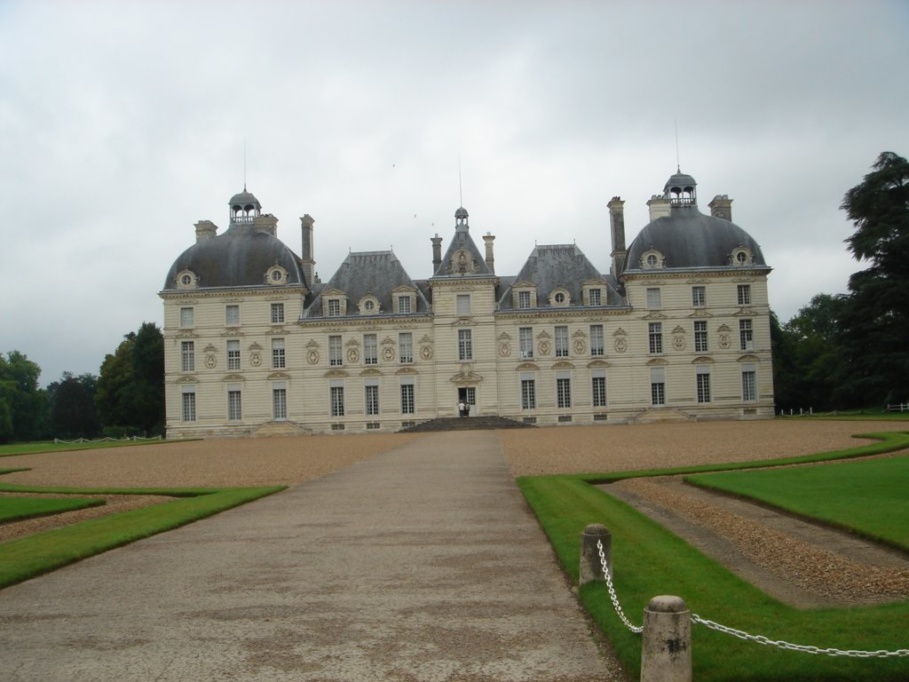
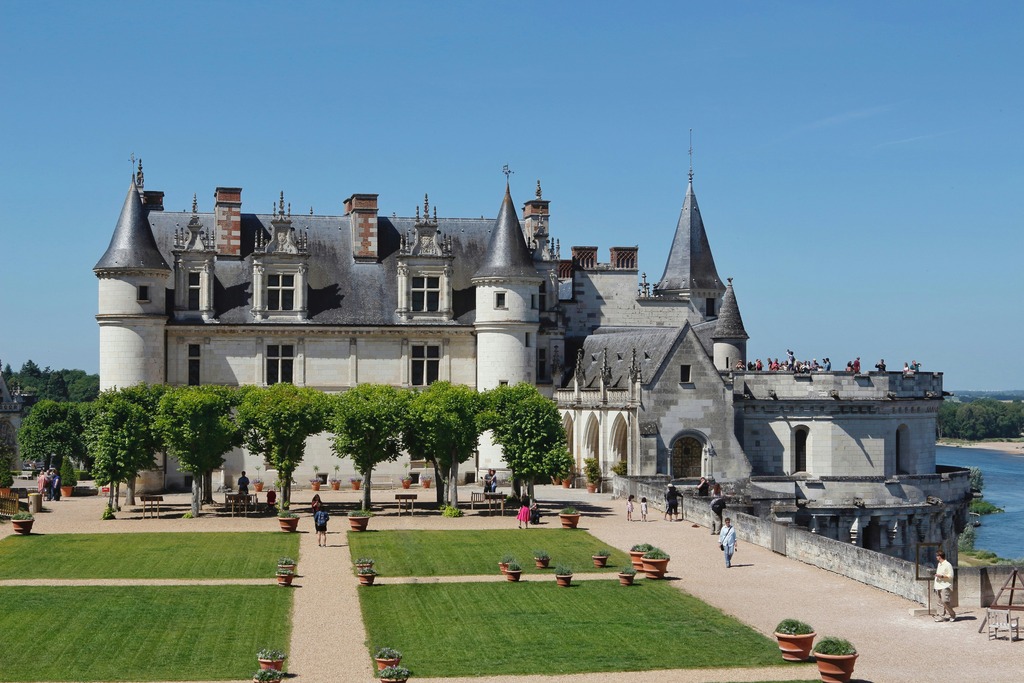
France Travel Guides
Regions Of France Travel Guides
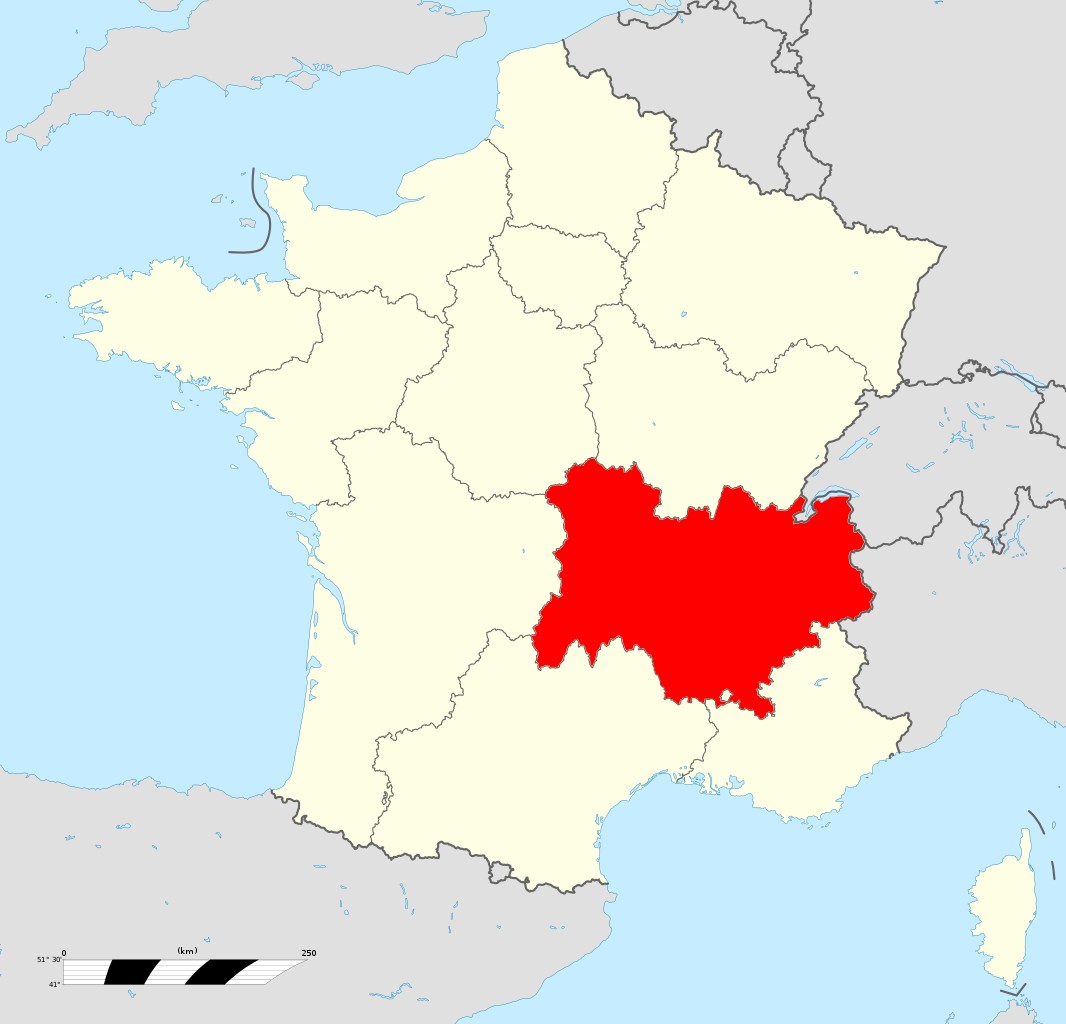
Auvergne-Rhone-Alps
Auvergne-Rhone-Alps Travel Guide.

Centre Val De Loire
Centre-Val-de-Loire Travel Guide.
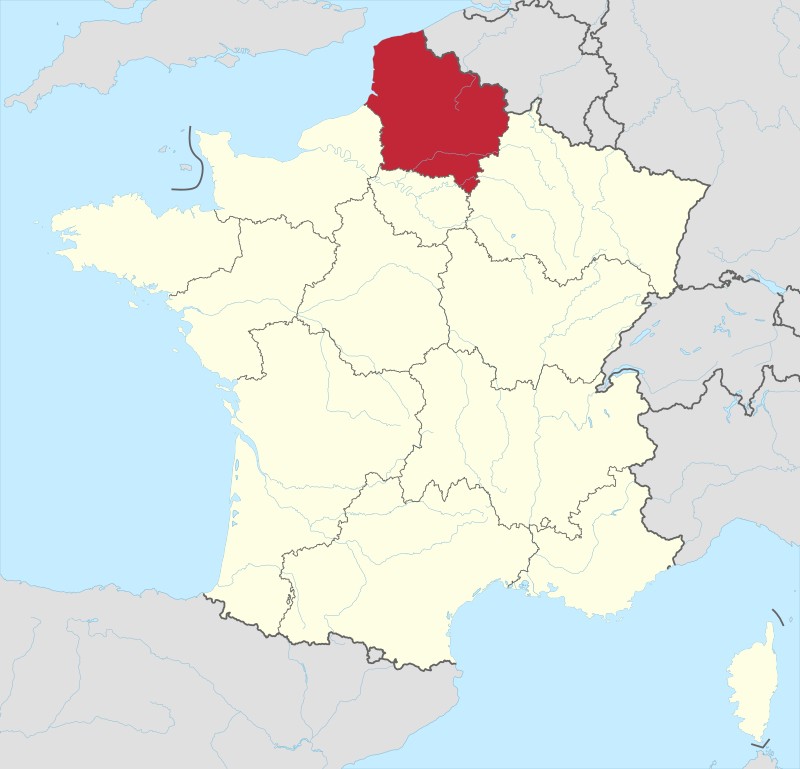
Haute – de – France
Haute-de-France Travel Guide.
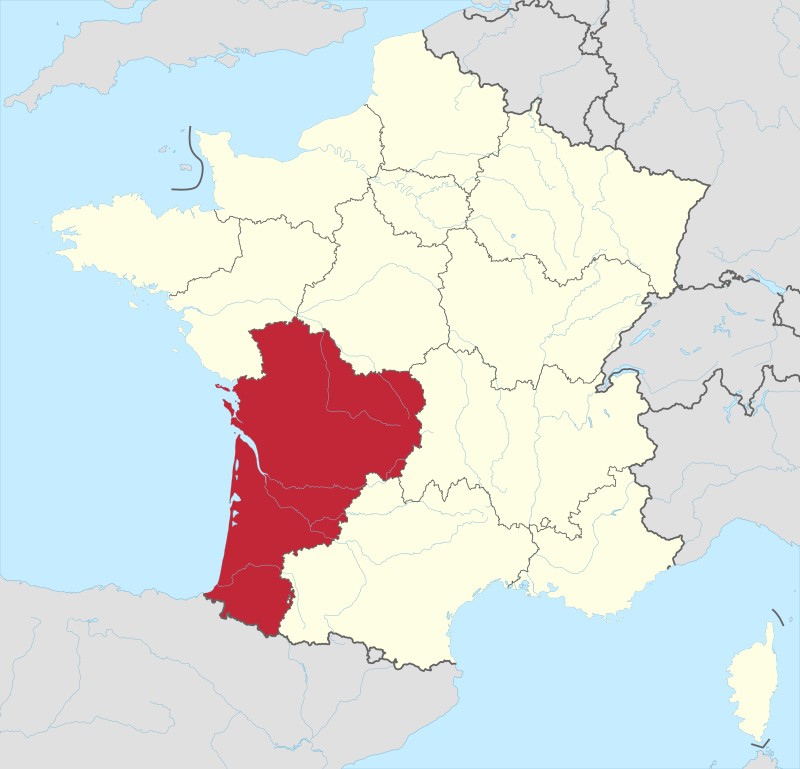
Nouvelle – Aquitaine
Nouvelle – Aquitaine Travel Guide.

Provence-Alps_Cote D'Azur
Provence Travel Guide.
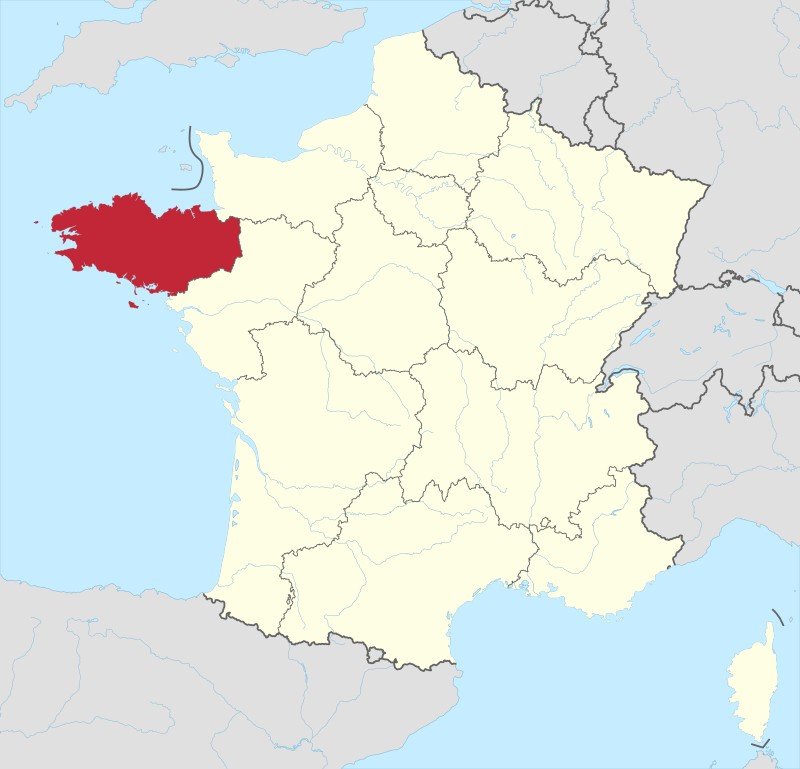
Brittany
Brittany (Bretagne) Travel Guide.
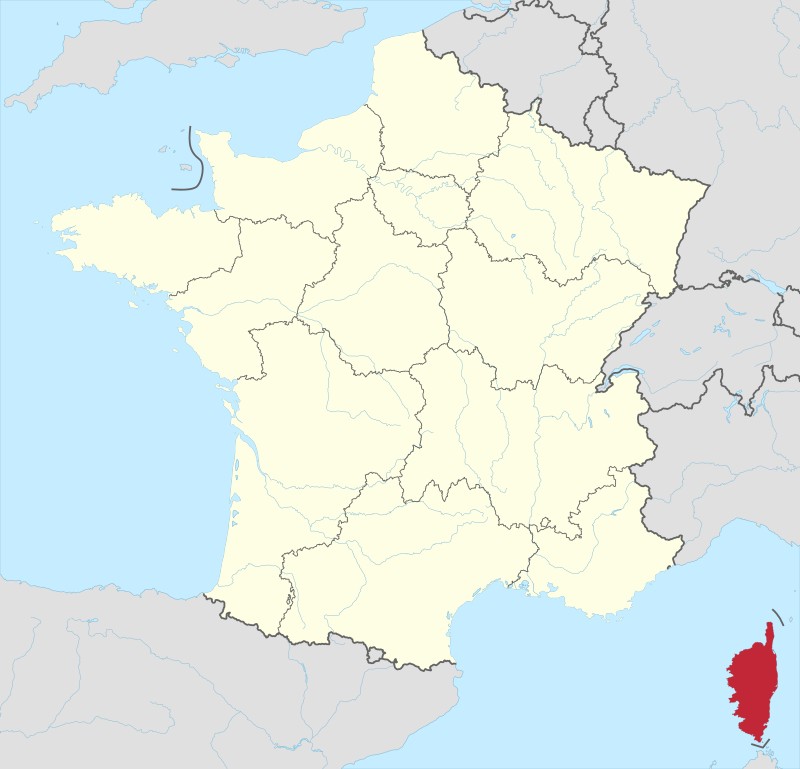
Corsica
Corsica Travel Guide.
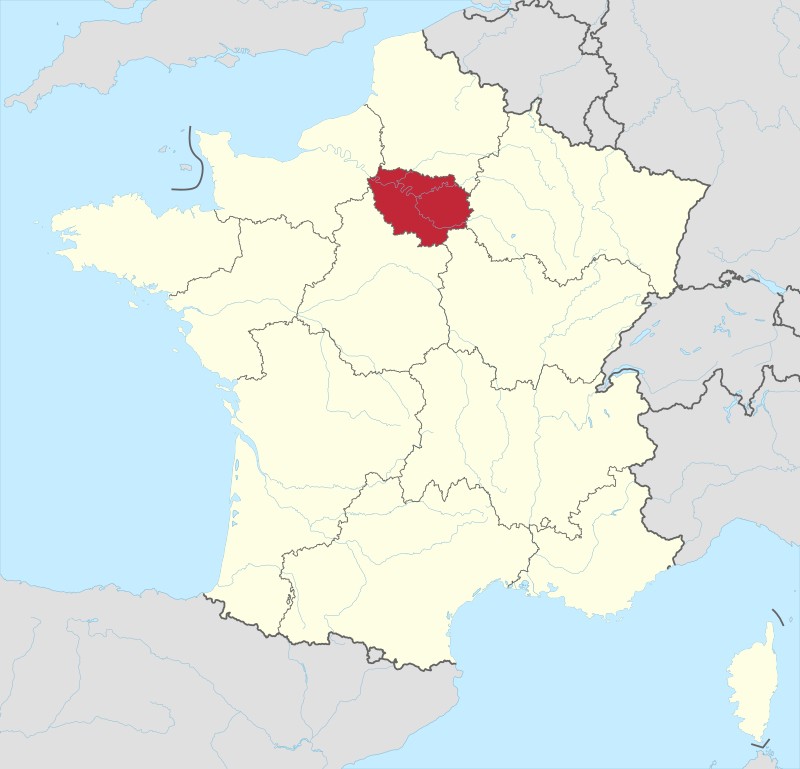
Ile – de – France
Ile – de – France Travel Guide.

Occitane
Occitane Travel Guide.

Bourgogne-Franche-Comté
Bourgogne-Franche-Comté Travel Guide.
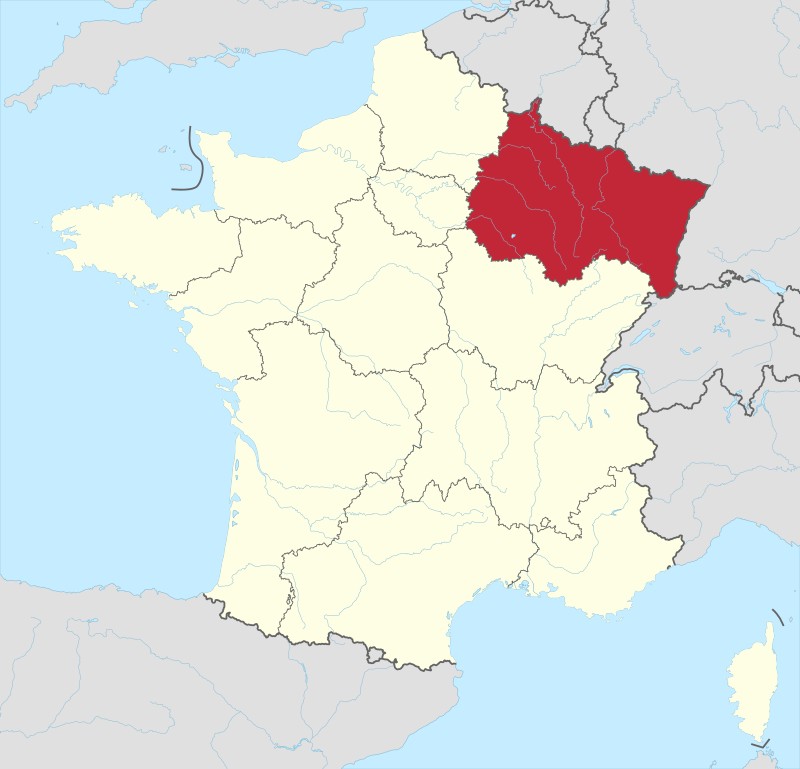
Grand Est
Grand-Est Travel Guide.
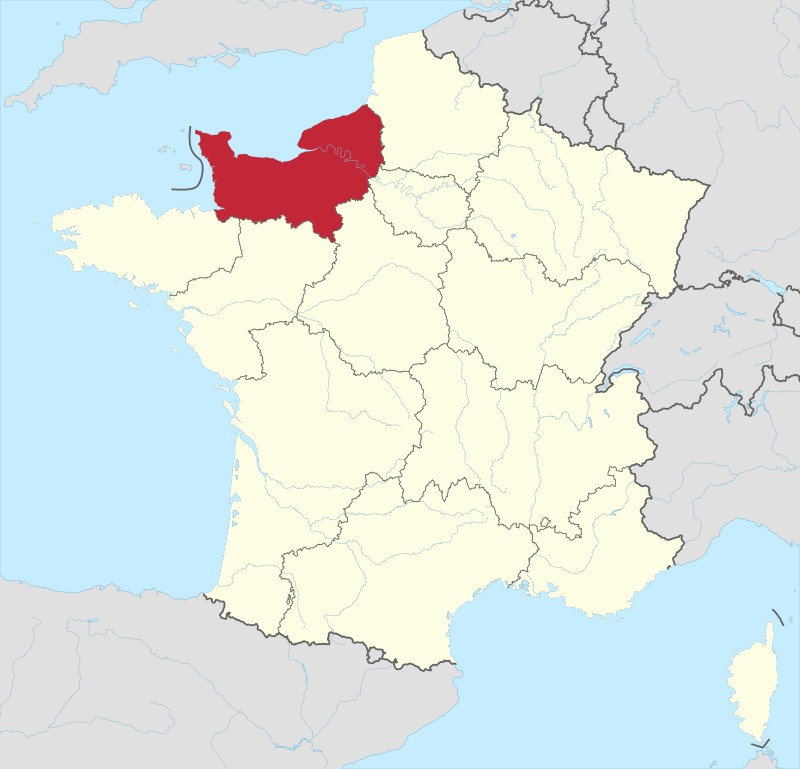
Normandy
Normandy Travel Guide.

Pays-de-la-Loire
Pays-de-la-Loire Travel Guide.

